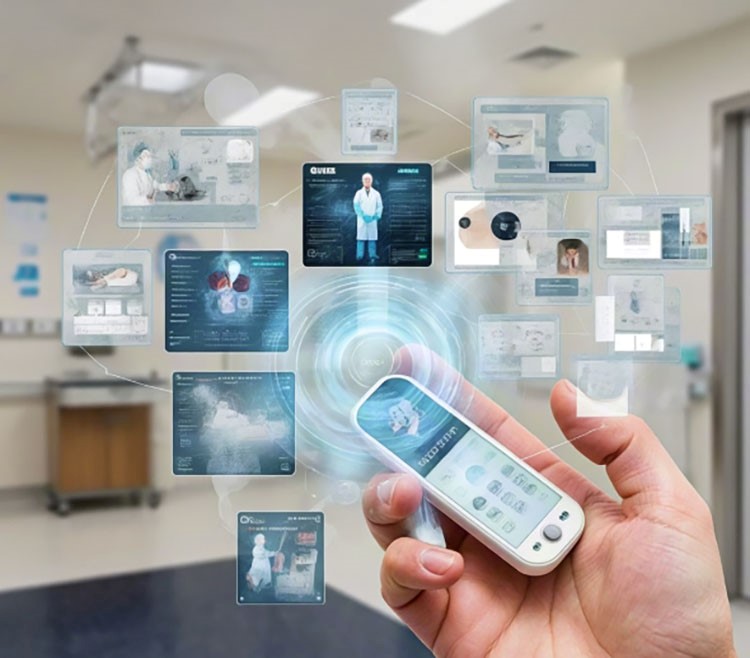In hospitals, medical staff can quickly locate emergency equipment; in factory workshops, material flow paths are accurately tracked; in large shopping malls, consumers can view their location in real time and plan routes to target stores... Behind these efficient and convenient scenarios, they are inseparable from the support of RTLS (Real-Time Location System). What exactly is RTLS? How does it play a role in different fields? This article will give you an in-depth analysis.

The core concept and technical principle of RTLS
RTLS, or real-time positioning system, is a technical system that uses a variety of wireless communication technologies to track and manage the real-time location of people and objects. It breaks the limitations of traditional positioning technology in timeliness and accuracy, and can obtain target location information in real time in a dynamic environment. Its implementation mainly relies on Bluetooth, Wi-Fi, UWB (ultra-wideband), RFID and other technologies. Bluetooth positioning uses low-power Bluetooth beacons to achieve location awareness in indoor environments; Wi-Fi positioning uses existing wireless network infrastructure to determine the target location through signal strength analysis; UWB technology uses nanosecond ultra-wideband pulses to achieve centimeter-level high-precision positioning; RFID positioning tracks the location changes of the target through the interaction between radio frequency tags and readers. These technologies have their own advantages and disadvantages, and are often flexibly selected or combined according to scene requirements in practical applications.
Wide application of RTLS in multiple fields
In the medical field, RTLS can be used to locate medical equipment, medical staff and patients. By installing positioning tags on wheelchairs, monitors and other equipment, hospitals can quickly find the required equipment and improve emergency efficiency; for patients with limited mobility or cognitive impairment, real-time positioning can prevent loss and ensure safety. In industrial manufacturing scenarios, RTLS helps realize intelligent production management. By tracking the location of materials, tools and workers, the production process can be optimized, the search time can be reduced, and production efficiency can be improved; high-value equipment can also be monitored to prevent asset loss or unauthorized use. In commercial places, RTLS provides personalized services for consumers. The mall uses this system to push discount information of surrounding stores to customers, or help them quickly find parking spaces, toilets and other facilities to improve the consumer experience; at the same time, merchants can also optimize store layout and product display by analyzing customers' movement trajectories.
The value and future prospects brought by RTLS
The application of RTLS not only improves the operational efficiency of various industries, but also brings significant cost savings and management optimization. In the medical industry, reducing the time to find equipment means an increase in the success rate of rescue; in the industrial field, accurate material tracking reduces inventory backlogs and waste. With the development of technologies such as the Internet of Things and 5G, RTLS will evolve towards higher accuracy, lower power consumption and stronger compatibility. In the future, it is expected to be deeply integrated with artificial intelligence and big data, play an important role in smart cities, smart transportation and other fields, and bring more convenience and innovation to people's lives and production.
As a cutting-edge technology, RTLS is reshaping the operating model of various industries with its powerful real-time positioning capabilities. Whether it is an enterprise seeking management upgrades or an individual pursuing a smarter life experience, understanding and paying attention to RTLS will better grasp the development opportunities in the digital age.